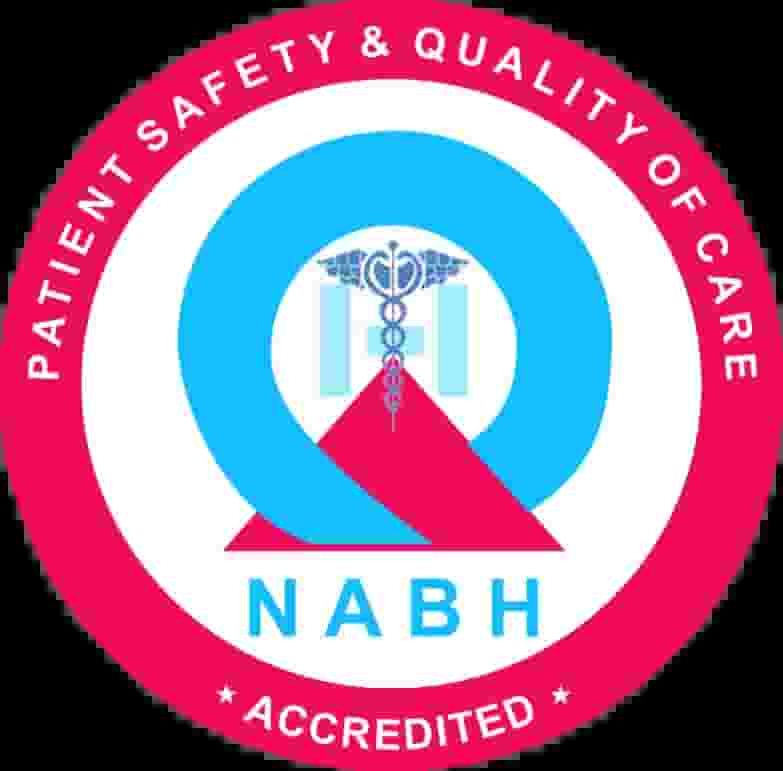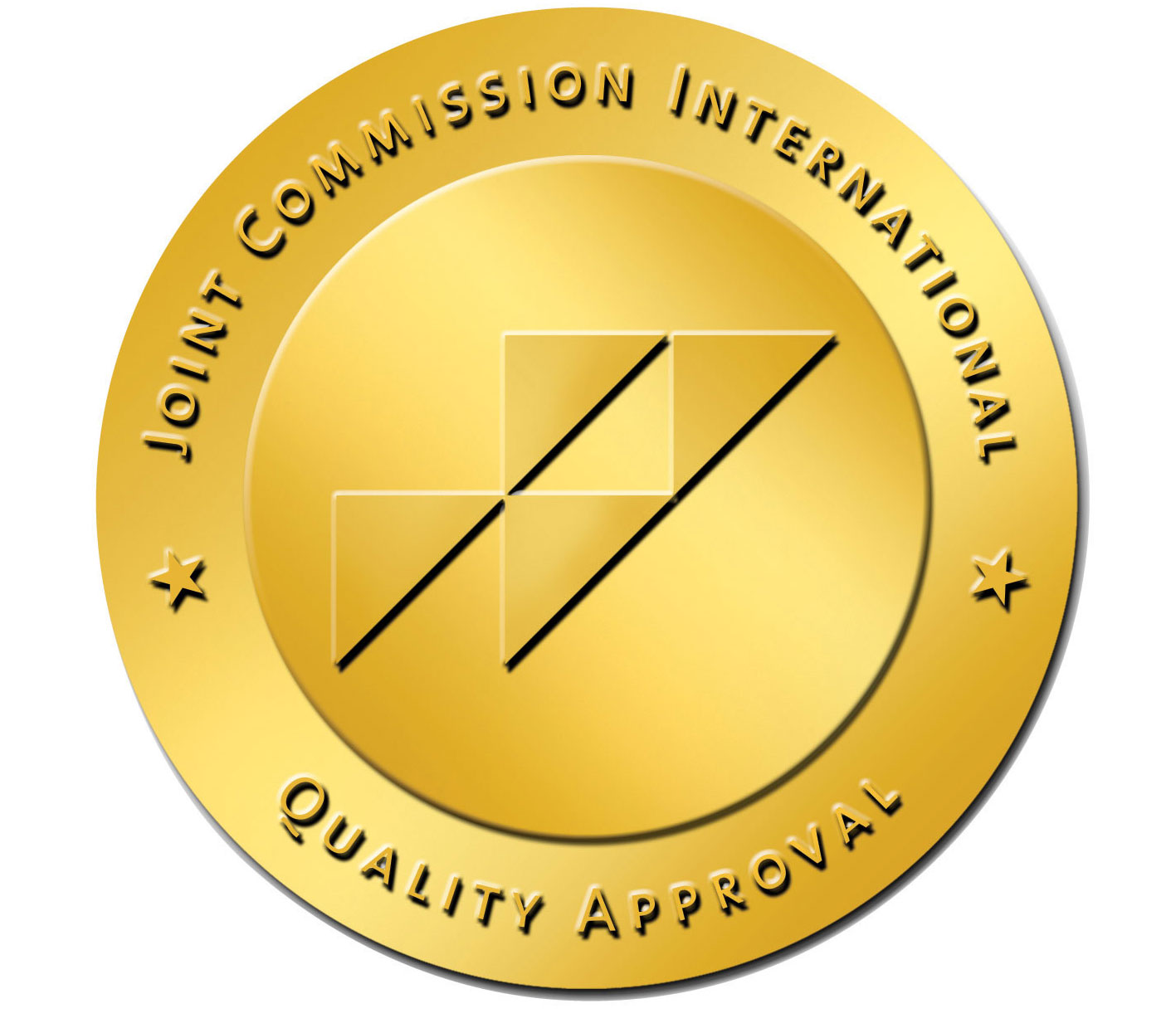Our Offices
US
16192 Coastal Highway, Lewes, United States of America.
SG
Vision Exchange, # 13-30, No-02 Venture Drive, Singapore-608526

KSA
3738 King Abdullah Branch Rd, 6258 Al Muhammadiyah Dist, 12362, Riyadh, Saudi Arabia
UK
Level 1, Devonshire House, 1 Mayfair Place, Mayfair W1J 8AJ United Kingdom
IN
2nd Floor, Omaxe Square, Jasola, Behind Apollo Hospital, New Delhi, Delhi 110025
UAE
3401, 34th Floor, Saeed Tower 2, Sheikh Zayed Road, PO Box No. 114429. Dubai, UAE
2024, Healthtrip.com All rights reserved.





